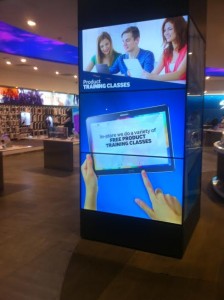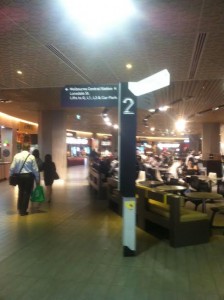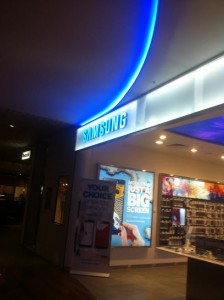It was interesting learning about the experimental composer John Cage and his famous composition ‘Sounds of Silence’ or 4’33” (1952). Which involved instructing the performer to sit at a piano and sit in silence for 4 minutes and 33 seconds to an unknowing audience. A feeling of disbelief and curiosity overwhelmed the viewers as they watched a still performer. This ‘experiment’ proving that there is no such thing as true silence, as even in the muted score sounds of whispering, shuffling around and outside noises were amplified. In our modern tech culture, we could conclusively say the same thing, with mobile phones, portable music, announcements and a faced paced technological culture, how can true silence ever be achieved. For me to say that now in 2015, John Cage’s experiment seems quite obvious, may be very naive as we live in such a electronic based society. However even in 1952, silence was a difficulty to obtain. Media in all forms, creates a message and has something to say, and as humans we always have something we must be talking about. Silence becomes an almost awkward experience, creating a nervous and overwhelming energy. We are born wanting to speak and communicate and tell others our experiences, so this silence comes unnaturally to us. Cage identifies the inability for us to naturally take in silence and actually listen. Listening is an important act, as we noticed in the media lectorial. When we listen we are able to take notice of the things around us more intently and observe in an alternate way. As John Mason states “we may think we are widely aware of what is going on around us, but in fact attention is highly selective (Mason, J, 2002, pg 31) and with the distraction of noises and devices around us we don’t actively take in everything around us. I found this whole concept very interesting and i suppose knowing this I will aim to more actively ‘listen’ to my surroundings, not only in terms of media or mediated information but in all aspects of my life.
Mason, J, 2002, Researching your own practice: The Discipline of Noticing, Routledge, London


